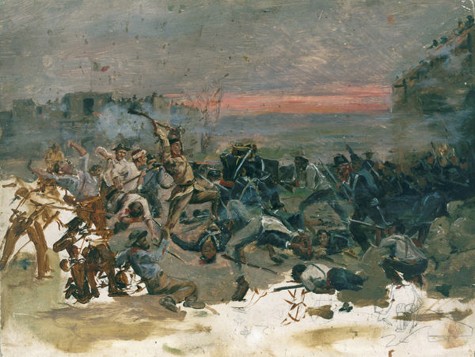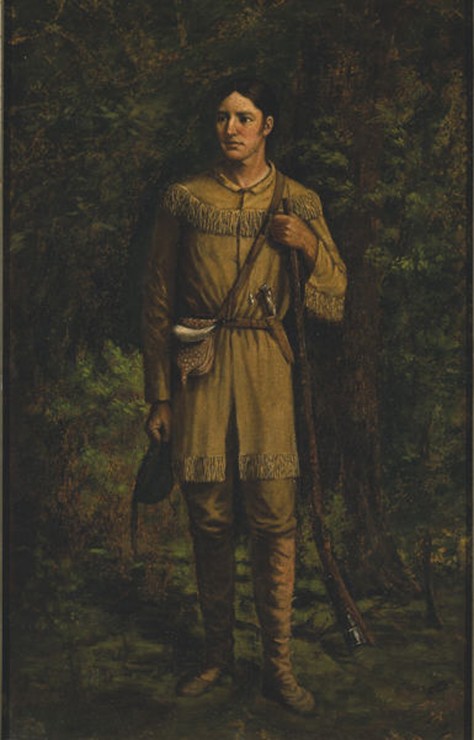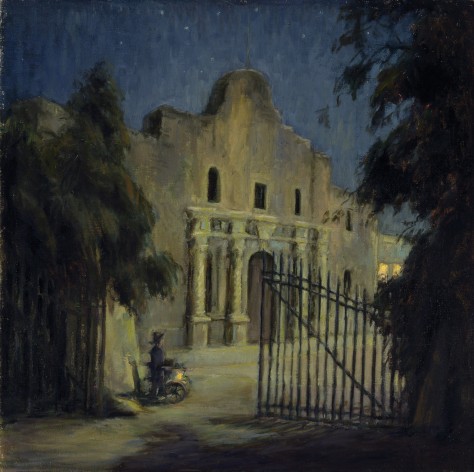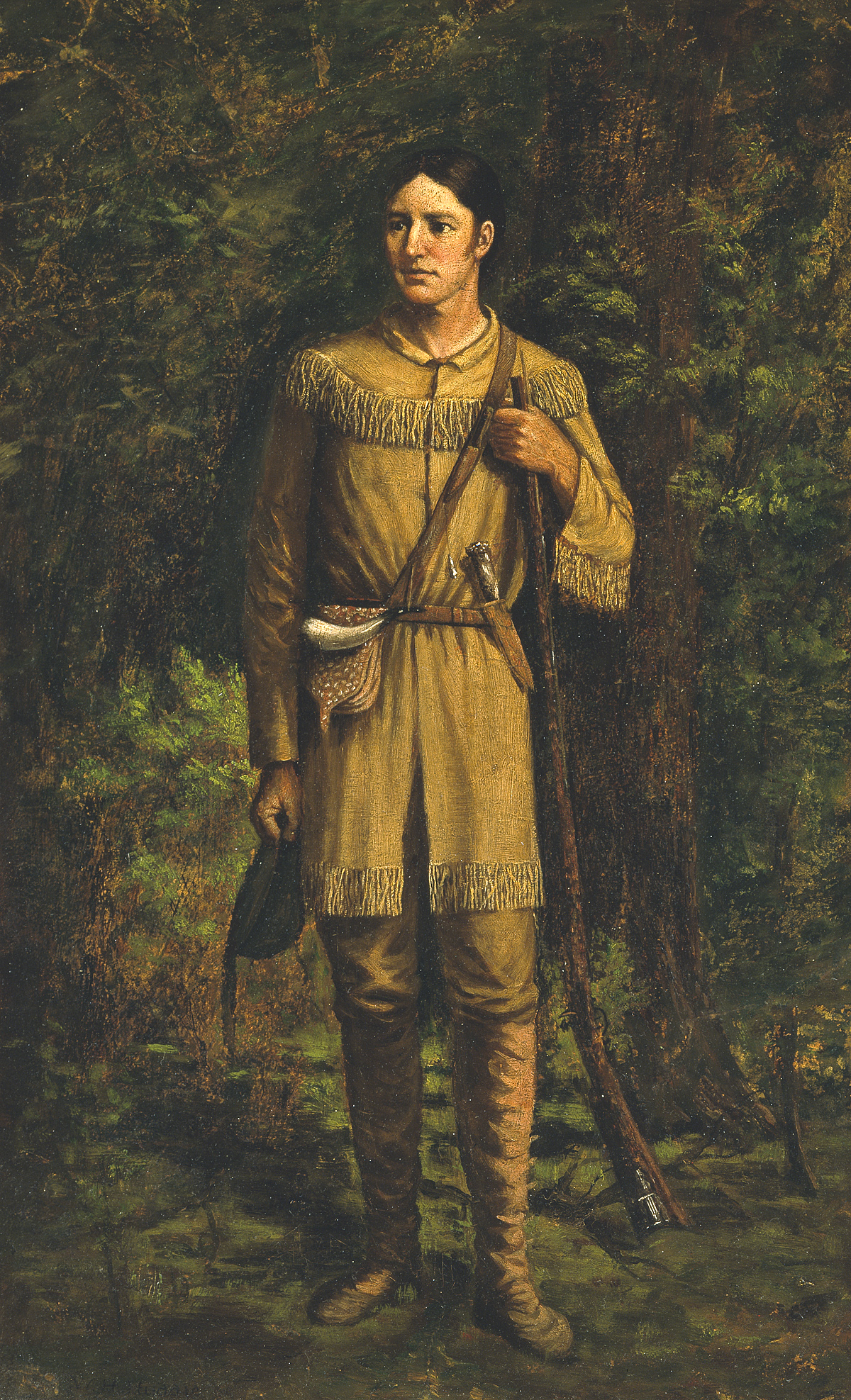Are you ready for a picnic, fireworks, and to “remember the Alamo”? It’s time to celebrate Texas Independence Day!
One hundred and seventy-five years ago, on March 2, 1836, Texas declared its independence from Mexico when Sam Houston and fifty-seven other men formed the Republic of Texas by signing the Texas Declaration of Independence. The Lone Star State’s triumphant struggle for independence ended a few days later at the siege of the Alamo. Among the approximately 250 brave men who died there were William R. Travis, Jim Bowie, and Davy Crockett.
A sketch of this legendary battle by Robert Jenkins Onderdonk (father of the Texas impressionist painter Julian Onderdonk) is part of the DMA’s collections. This preliminary drawing depicts Crockett in the center wearing his trademark coonskin cap. He swings a flintlock overhead, about to club advancing Mexicans who have broken through the building’s south gate.

Robert Jenkins Onderdonk, American 1852-1917, "Sketch for 'Fall of the Alamo,'" , c. 1901, Oil and pencil on paper board, Dallas Museum of Art, gift of Eleanor Onderdonk, 1960.185
Davy Crockett was a celebrated 19th-century American folk hero, frontiersman, soldier, and politician. He moved from his native Tennessee to serve in the Texas revolution and died at the Battle of the Alamo. A notable work in the DMA’s collections is William Henry Huddle’s portrait of the courageous young hero who made the ultimate sacrifice for the young Texas Republic. Best known for painting scenes from the Texas war of independence, Huddle also completed a series of portraits of Texas governors. In the DMA’s painting, Huddle depicts the hero wearing his hunting clothes with his trusty rifle by his side. Although historians debate many of the details surrounding Crockett’s death, they all agree that he died on March 6, 1836, on the last day of the siege of the Alamo.

William Henry Huddle, American, 1847-1892, "Davy Crockett," 1889, Oil on masonite, Dallas Museum of Art, The Karl and Esther Hoblitzelle Collection, gift of the Hoblitzelle Foundation, 1987.47
The DMA owns some lovely images of this treasured building. One by Plano, Texas, artist Frank Klepper is quite different from Onderdonk’s combative scene. By depicting the building on a tranquil, starry night, Klepper turns the battleground into a hallowed shrine that is the pride of every Texan.

Frank Klepper, American, 1890-1952, "The Alamo," early 1930s, Oil on canvas, Dallas Museum of Art, gift of the History Club, 1933.7
Martha MacLeod is the European and American Art Curatorial Administrative Assistant at the Dallas Museum of Art.



